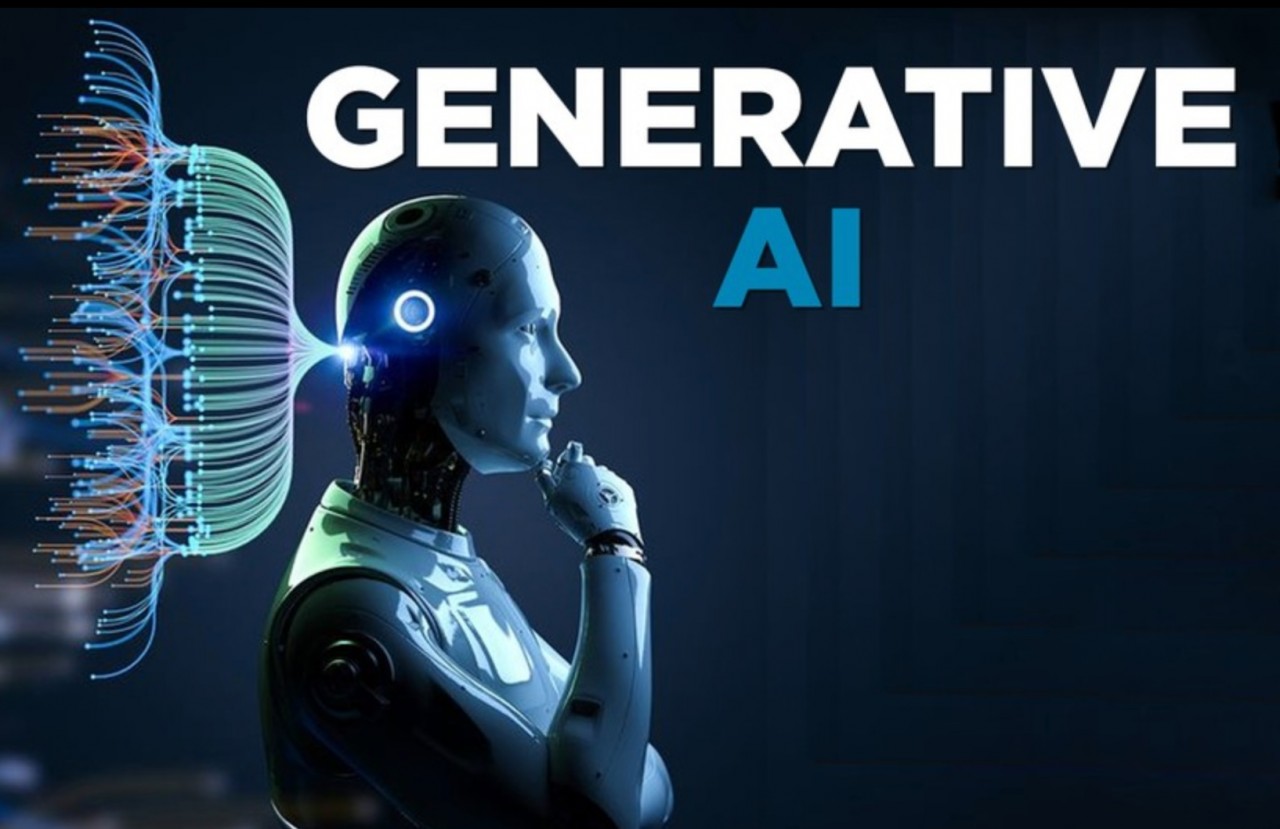 |
| Generative AI is expected to bring many values to the world economy. (Source: Viettimes) |
Generative AI is a type of artificial intelligence that creates new content, including text, images, audio, and video, based on patterns it has learned from existing content.
Create something that never existed
Today’s generative AI models have been trained on massive amounts of data using “deep learning” or deep neural networks, and they can carry on conversations, answer questions, write stories, generate code, and generate images and videos of any description, all based on brief text inputs or “prompts.”
AI is called generative because it creates something that didn’t exist before. That’s what makes it different from discriminative AI, which makes distinctions between different types of inputs. In other words, discriminative AI would try to answer questions like “Is this image a drawing of a rabbit or a lion?” while generative AI would respond to prompts like “Draw me a picture of a lion and a rabbit sitting next to each other.”
The origins of generative AI date back to the 1970s, when engineers began developing techniques to automatically generate text. The advent of generative adversarial networks (GANs) allowed AI to generate text based on human speech samples. Technological advances in AI and natural language processing now allow AI to reproduce human speech in written form.
Generative AI has gained significant traction with the development of Generative Adversarial Networks (GANs) in recent years. GANs consist of two neural networks – a generator and a discriminator – that engage in a competitive process. The generator creates content, while the discriminator evaluates the quality of that content. Through countless iterations, the generator hone its skills, resulting in increasingly realistic and creative outputs.
Difference between Generative AI and Traditional AI
The main difference between traditional AI and generative AI lies in their capabilities and applications. Traditional AI systems are primarily used to analyze data and make predictions, while generative AI goes a step further by generating new data similar to its training data.
In other words, traditional AI excels at pattern recognition, while creative AI excels at pattern creation. Traditional AI can analyze data and tell you what it sees, but creative AI can use that same data to create something completely new.
The implications of generative AI are broad, providing new avenues for creativity and innovation. In design, generative AI can help generate countless prototypes in minutes, reducing the time needed for the ideation process.
In the entertainment industry, generative AI can help produce new music, write scripts, or even create deepfakes. In journalism, it can write articles or reports. Creative AI has the potential to revolutionize any field where creativity and innovation are key.
Traditional AI, on the other hand, continues to excel in task-specific applications. It powers our chatbots, recommender systems, predictive analytics, and more. It is the engine behind most current AI applications that aim to optimize efficiency across industries.
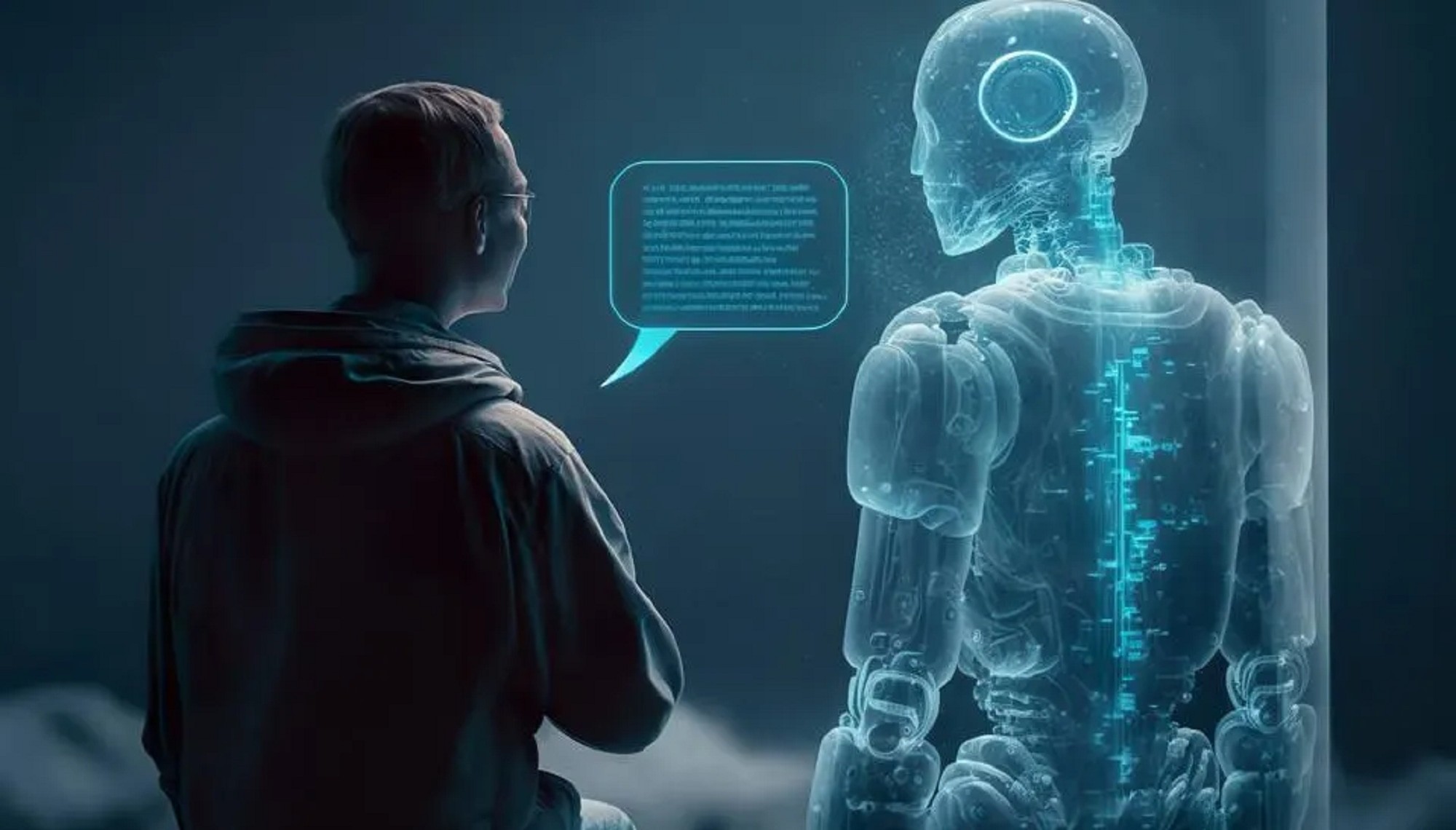 |
| Both generative AI and traditional AI have important roles to play in shaping the future of humanity. (Source: VinBase) |
While traditional AI and generative AI have distinct functions, they are not mutually exclusive. Generative AI can work in tandem with traditional AI to provide even more powerful solutions. For example, traditional AI can analyze user behavior data, and generative AI can use this analysis to create personalized content.
As we continue to explore the vast potential of AI, it is important to understand these differences. Both generative and traditional AI have important roles to play in shaping the future of humanity, and each opens up unique possibilities. Embracing these cutting-edge technologies will be key for businesses and individuals who want to stay ahead of the curve in humanity’s rapidly evolving digital landscape.
Artificial intelligence in social life
The risks associated with generative AI are significant and rapidly evolving. A range of threat actors have used the technology to create “deep fakes,” or copies of products, and to create artifacts to support increasingly sophisticated fraud operations.
ChatGPT and similar tools are trained on large amounts of publicly available data. They are not designed to comply with the General Data Protection Regulation (GDPR) and other copyright laws. Therefore, users are required to pay close attention to their businesses' use of the platform. Monitoring risks to watch for include:
Lack of transparency. Innovative AI and ChatGPT models are unpredictable, and even the companies behind them don't always understand everything about how they work.
Accuracy. Generative AI systems sometimes produce inaccurate and fabricated answers. It is essential to evaluate all outputs for accuracy, relevance, and practical usefulness before relying on or publicly distributing information, as accurate information is essential to usefulness and engagement.
Intellectual Property (IP) and Copyright. There are currently no verifiable data protection and governance guarantees for confidential business information. Users should assume that any data or queries they enter into ChatGPT and its competitors will become public information and businesses should implement controls to avoid inadvertent disclosure of IP.
Cybersecurity and fraud. Businesses must prepare for malicious actors to use synthetic AI systems for cyberattacks and fraud, such as deepfakes to fool employees, and ensure mitigation controls are in place. Talk to your cyber insurance provider to verify the extent to which your current policy covers AI-related breaches.
Sustainability. Bioengineering uses significant amounts of electricity. It is therefore important to choose suppliers with low energy consumption and high-quality renewable energy to minimize impact on sustainability goals.
Although many problems will be at risk due to the risks caused by generative AI, it is impossible not to mention some of the benefits that generative AI brings.
Generative AI has the potential to change the structure of work, enhancing the capabilities of individual workers by automating some of their individual activities. Modern AI and other technologies have the potential to automate work activities that currently take up 60 to 70 percent of employees' time. Previously, according to a 2017 McKinsey & Company report, it was estimated that technology had the potential to automate half of employees' work time.
The acceleration in the potential for technical automation is largely due to AI’s increased ability to understand natural language, which is required for work activities that account for 25% of total working time. As a result, generative AI has a greater impact on knowledge work, which involves occupations with higher wages and higher educational requirements, than on other types of jobs.
Generative AI could significantly boost labor productivity across the economy, but that would require investments to support workers as they transition work activities or change jobs. Generative AI could enable productivity gains of 0.1 to 0.6 percent annually through 2040, depending on the pace of technology adoption and the reallocation of workers’ time to other activities.
Combining generative AI with all other technologies, job automation could add 0.2 to 3.3 percentage points to productivity growth annually. However, workers will need support to learn new skills, and some will change careers. If worker transitions and other risks can be managed, AI could make a significant contribution to economic growth and support a more inclusive, sustainable world.
Innovative AI will have a significant impact across all industries. Banking, high tech, and life sciences are among the industries that could see the biggest impact in terms of percentage of revenue generated by AI. For example, across the banking industry, the technology could deliver the equivalent of $200 billion to $340 billion annually if use cases are fully implemented. In retail and consumer packaged goods, the potential impact is also significant, at $400 billion to $660 billion annually.
Vietnam's Opportunity
Currently, Vietnam is very interested in generative AI. At the beginning of the year in April 2023, at the workshop "The Future of Generative Artificial Intelligence 2023" held in Silicon Valley, California, Mr. Vo Xuan Hoai, Deputy Director of the National Innovation Center emphasized: "The National Innovation Center promotes coordination with Vietnamese innovation networks around the world, for example with the network in Silicon Valley to promote innovation in general and AI in particular, accompanying Vietnamese businesses and intellectuals abroad to support them in developing their careers, expanding their businesses in their homeland, transferring technology...".
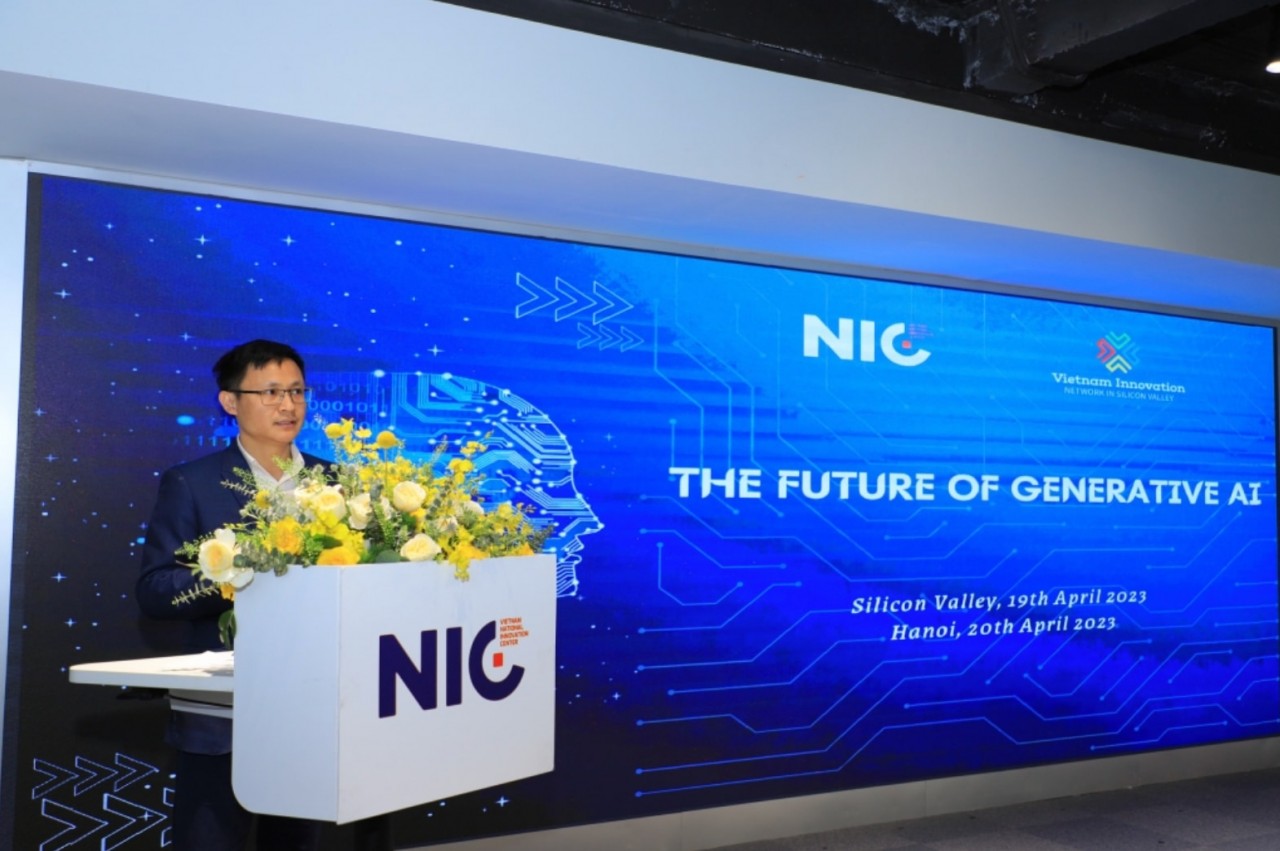 |
| Mr. Vo Xuan Hoai, Deputy Director of the National Innovation Center, spoke at the workshop "The Future of Artificial Intelligence 2023". (Source: Bnews) |
By August this year, VinBigdata (under Vingroup Corporation) will integrate technology to make VinBase (a comprehensive multi-cognitive artificial intelligence platform) the first generative AI platform in Vietnam, while providing development solutions based on generative AI technology such as Generative AI chatbot, callbot or new generation ViVi Virtual Assistant...
The company also said that they only need a few billion parameters to create a large language model (LLM) similar to ChatGPT but still has the ability to generate highly authentic texts, especially these texts will be in the data of Vietnamese people and Vietnamese knowledge.
Vietnam's potential for developing generative AI is huge, however, if generative AI is applied based on large language model platforms available in the world, Vietnam is at risk of facing many risks, so mastering generative AI domestically is important because it can help master content, avoid misinformation, ensure national data security, as well as bring Vietnamese technology to the world. "Vietnam has the opportunity to shorten the world gap in the field of generative AI".
This assessment was shared by VinBigdata General Director, Dr. Dao Duc Minh, at the AI Summit forum held in Ho Chi Minh City on September 22 this year. Also at the forum, Mr. Pablo Fuentes Nettel, Senior Consultant at Oxford Insights, said that Vietnam has a bright future if it focuses on investing in AI.
It can be seen that AI and artificial AI have penetrated into all fields and professions of our country such as healthcare, education, life... Vietnam needs to set out a strategy to develop this technology because this is the future of technology in the near future.
Source


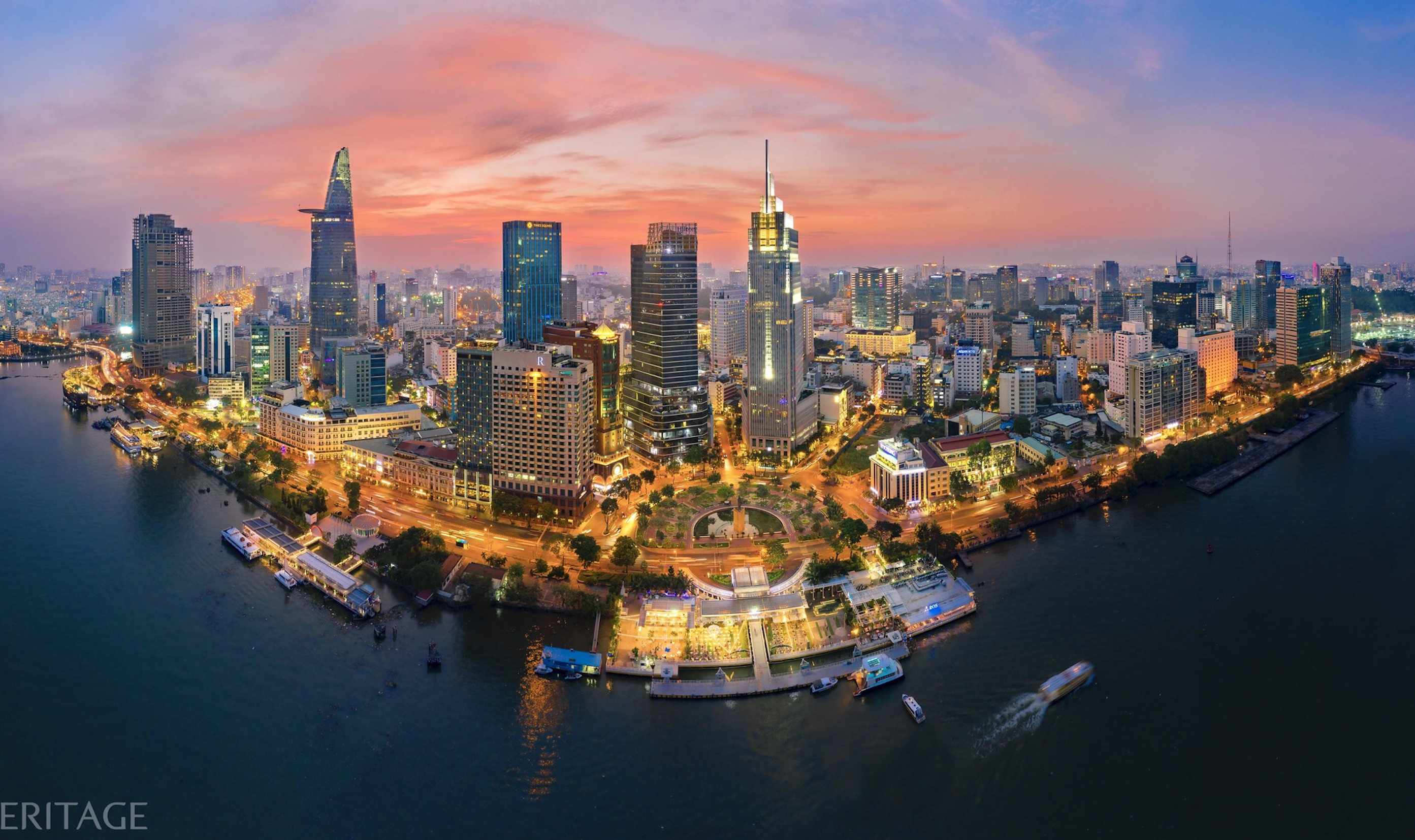





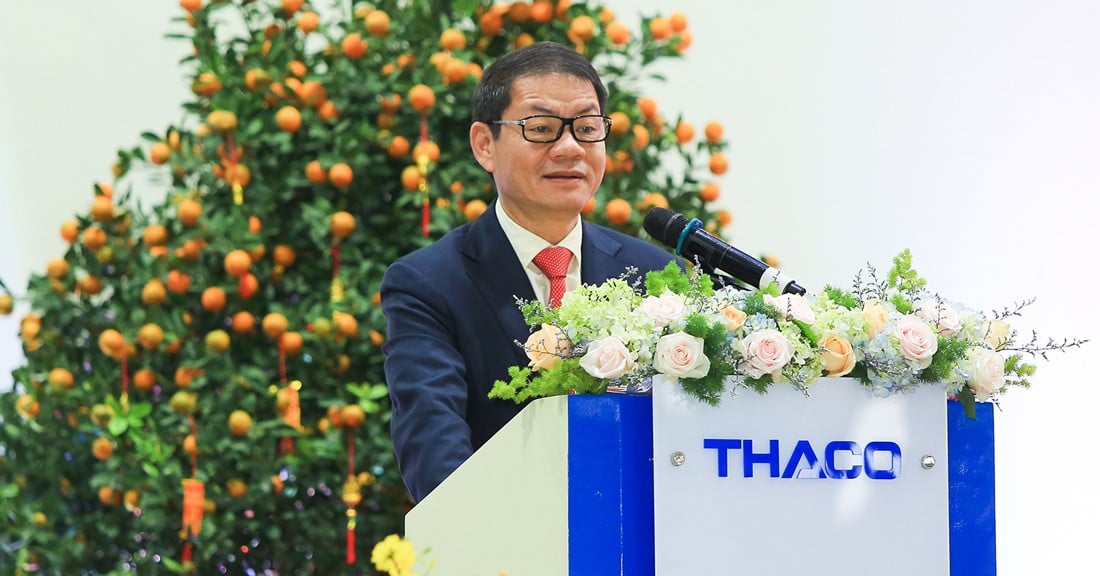

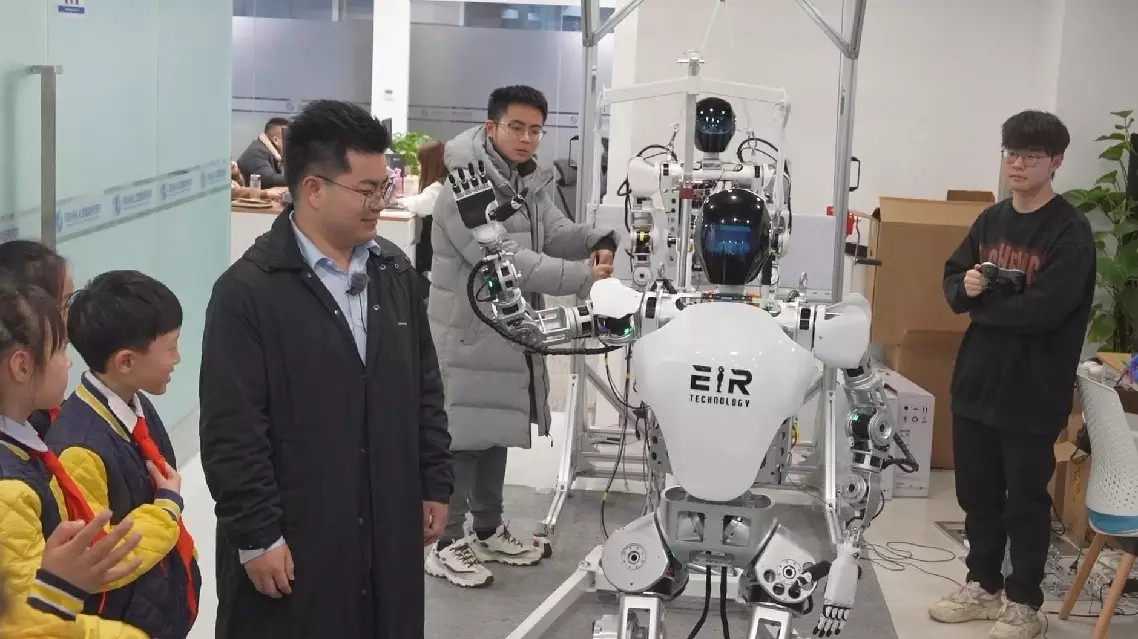
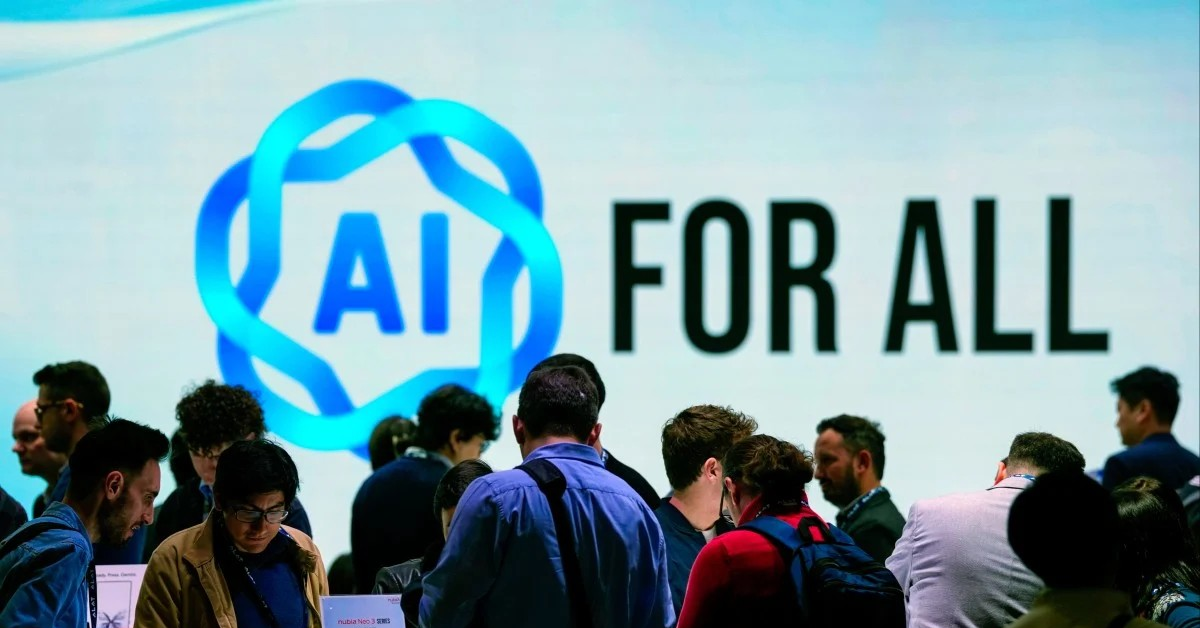


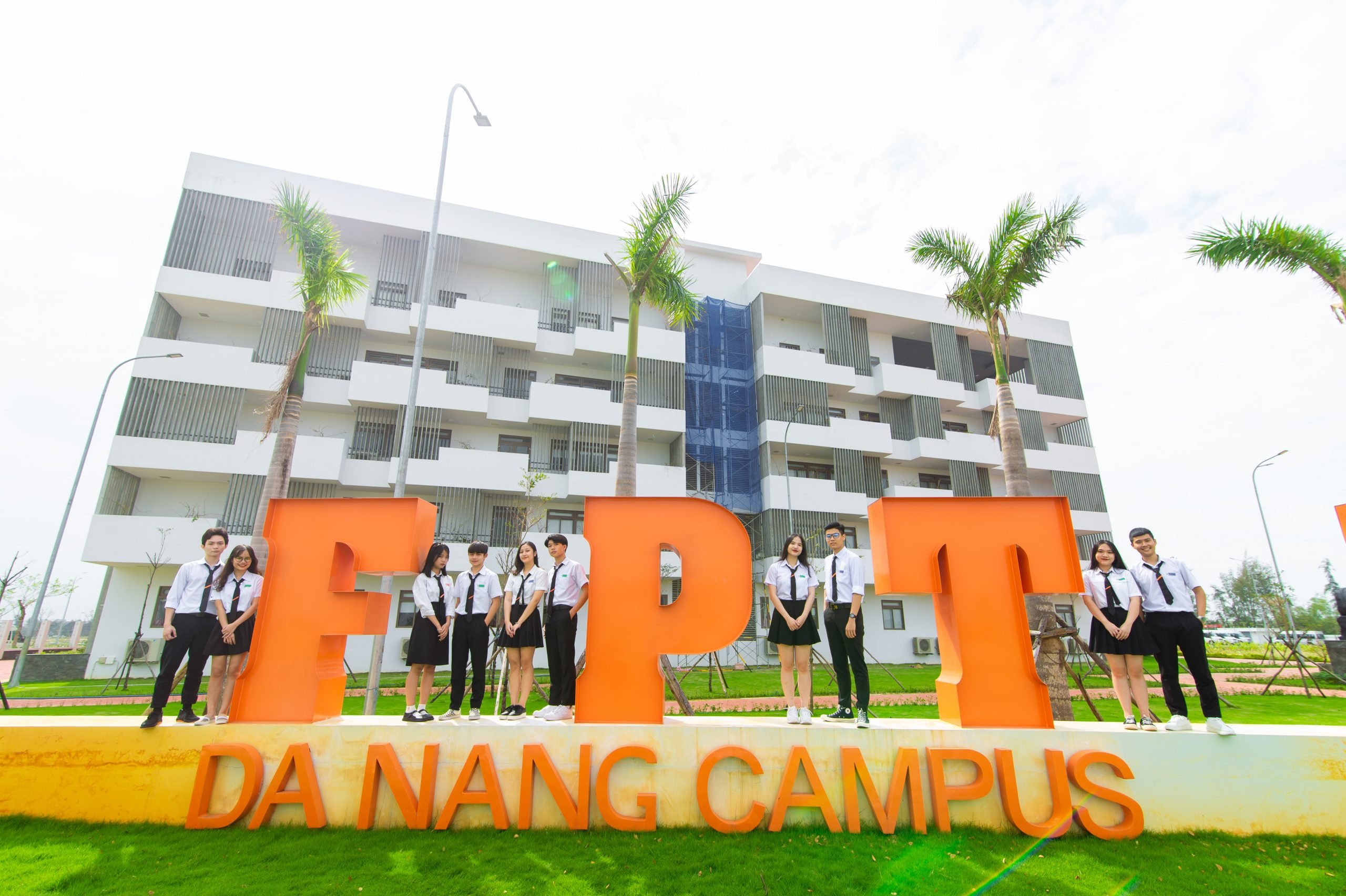





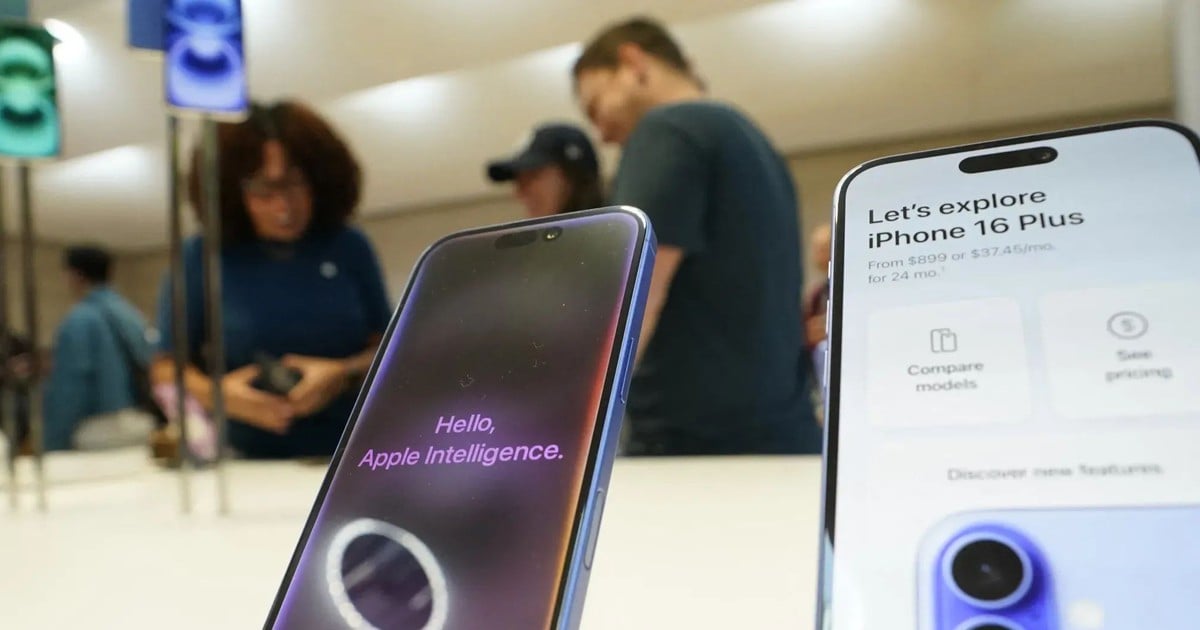

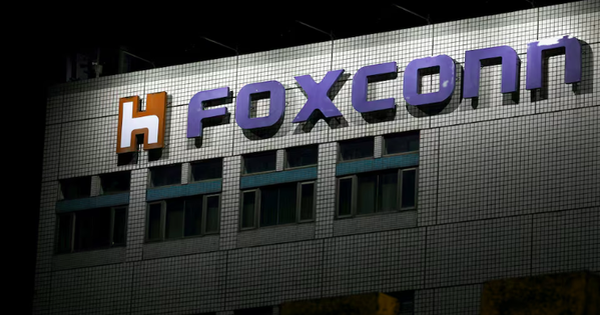

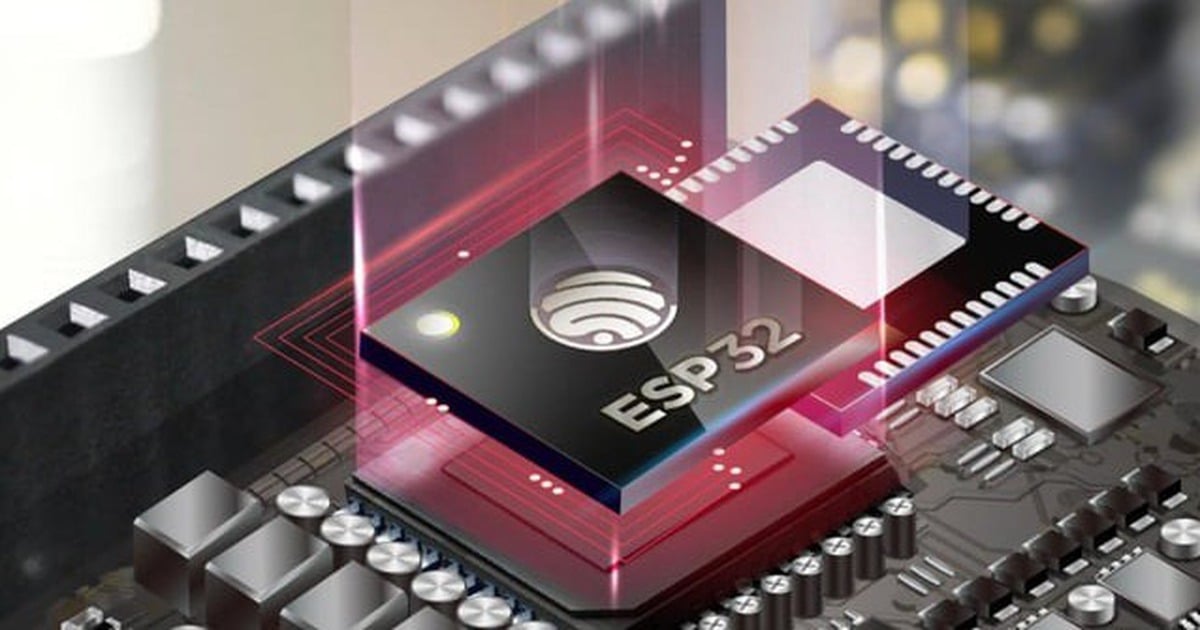


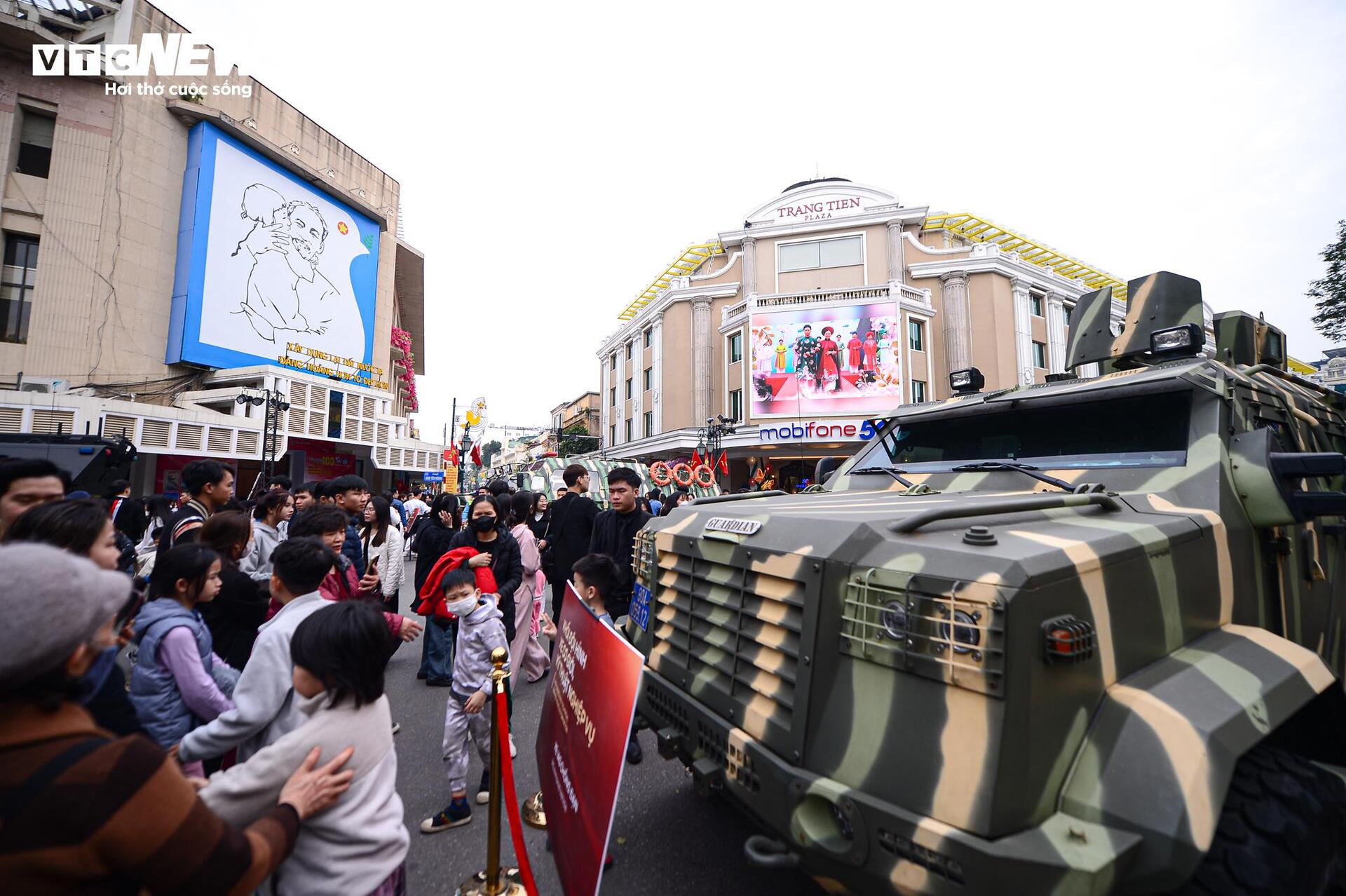
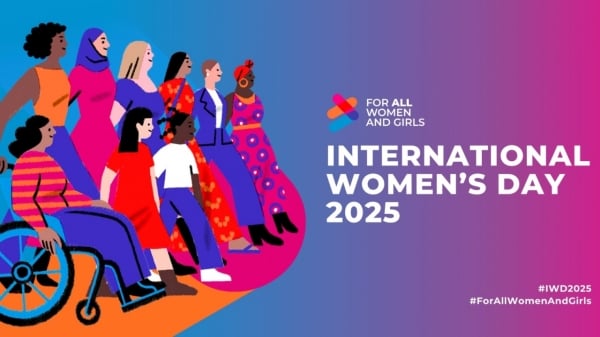

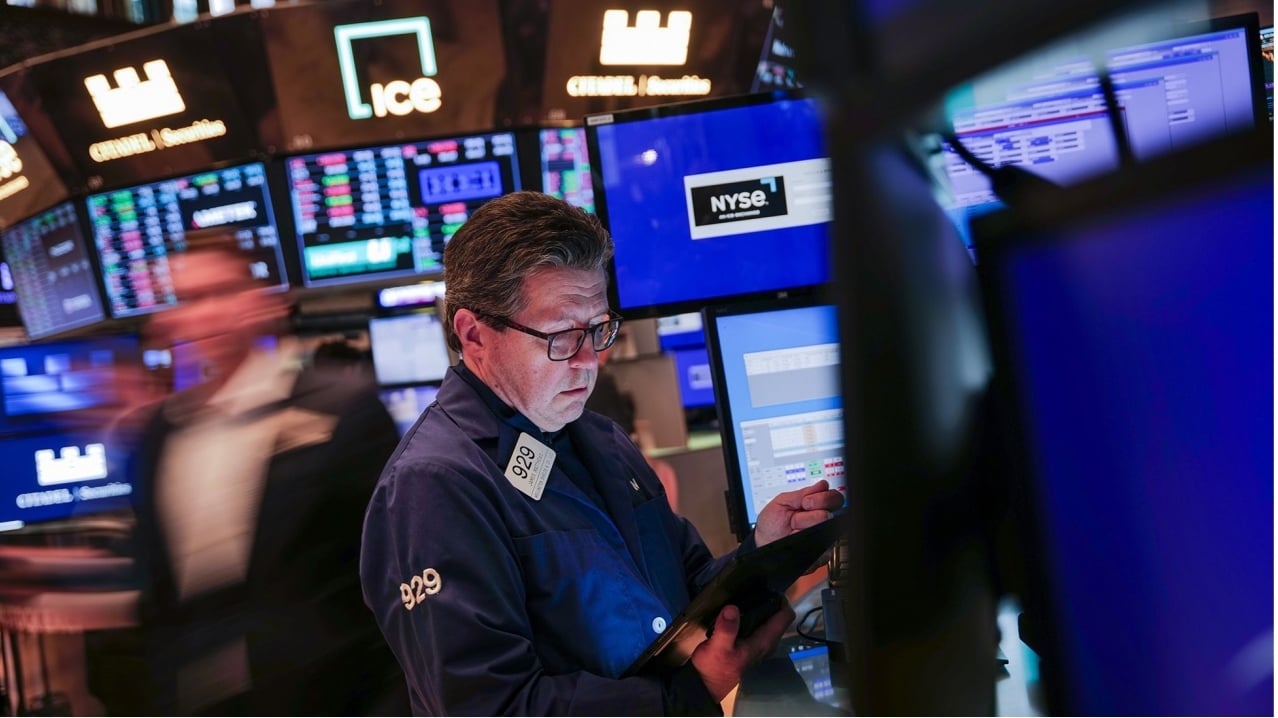


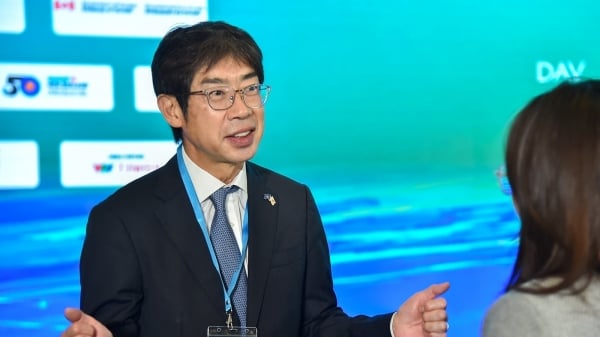












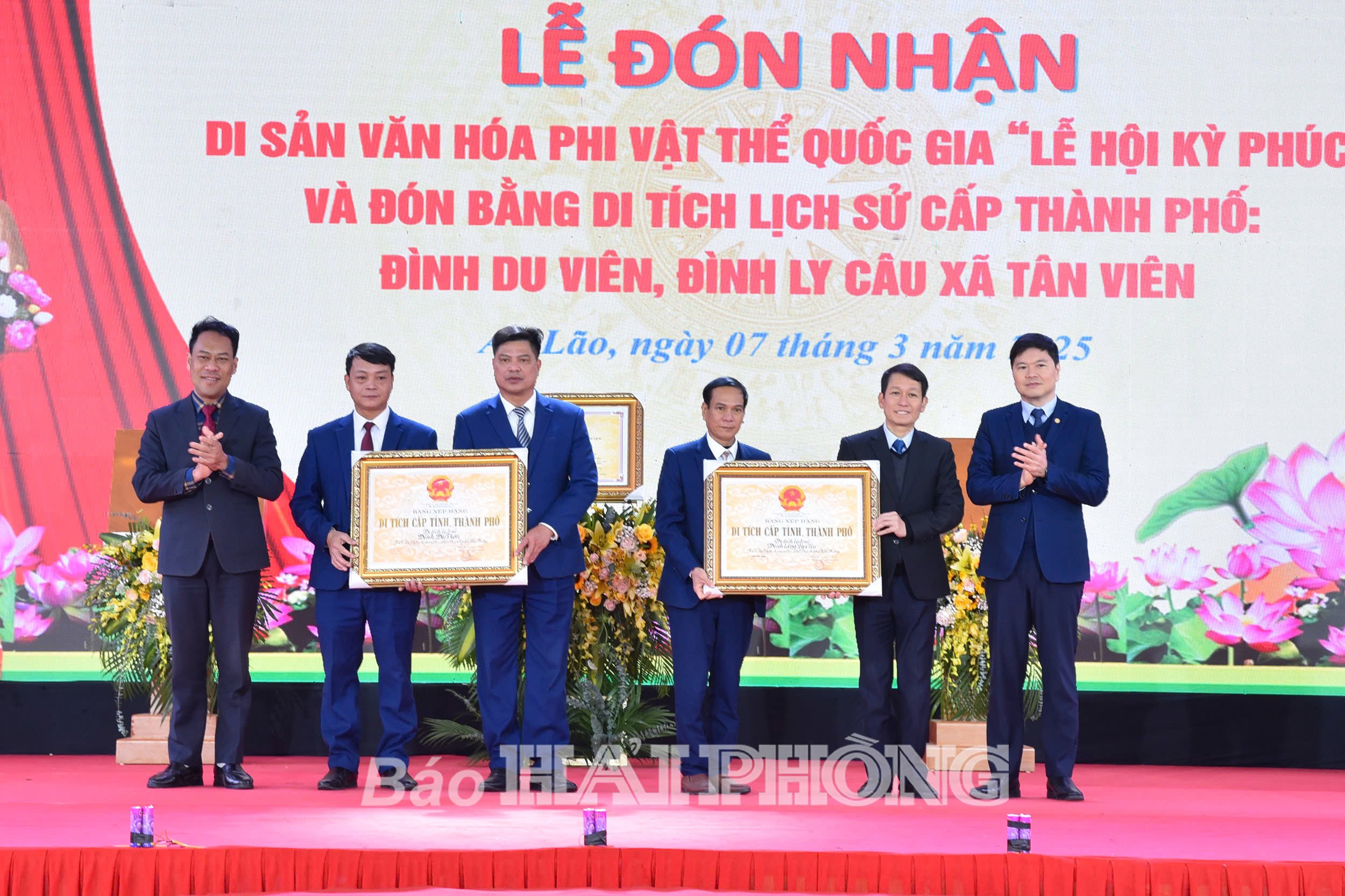















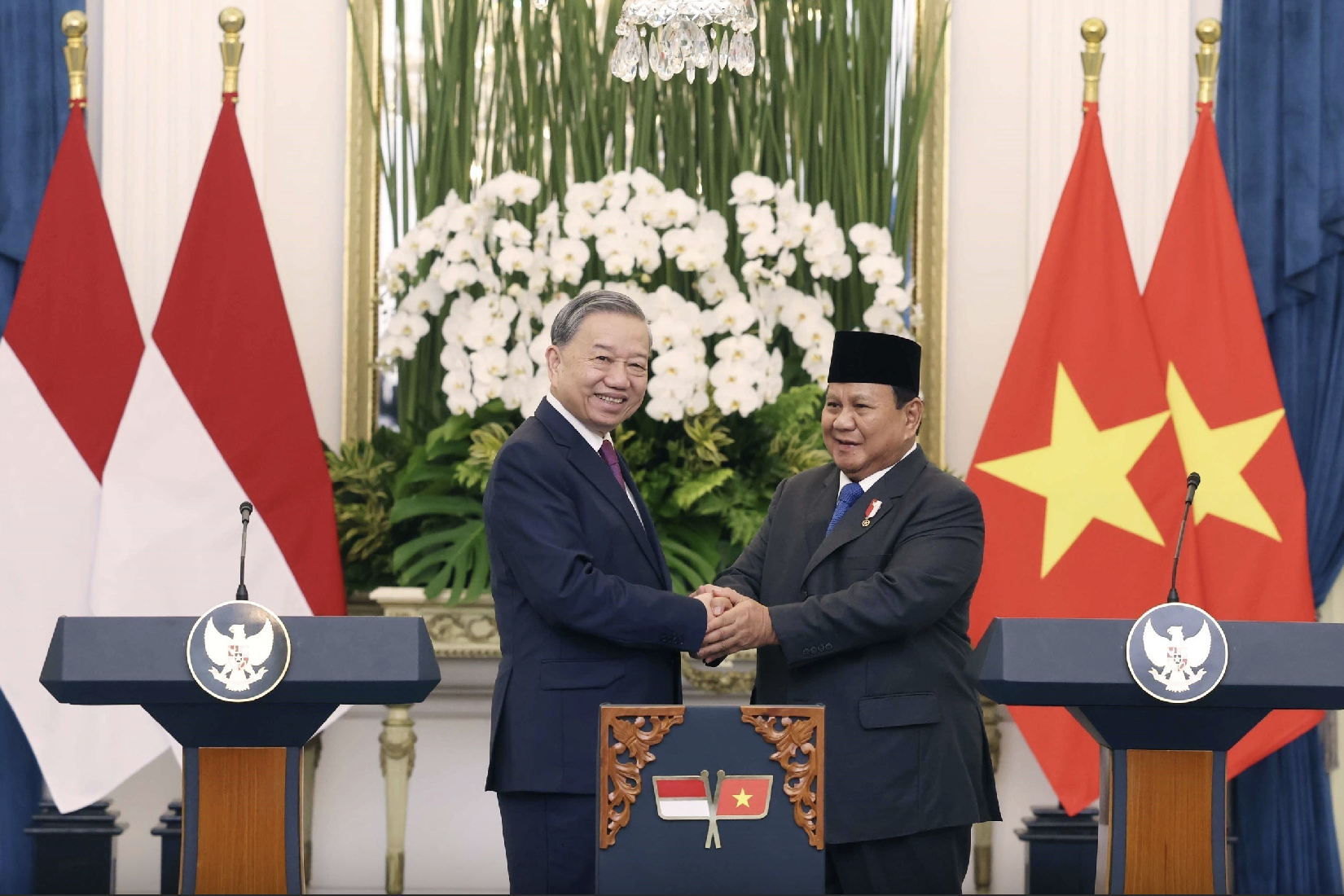
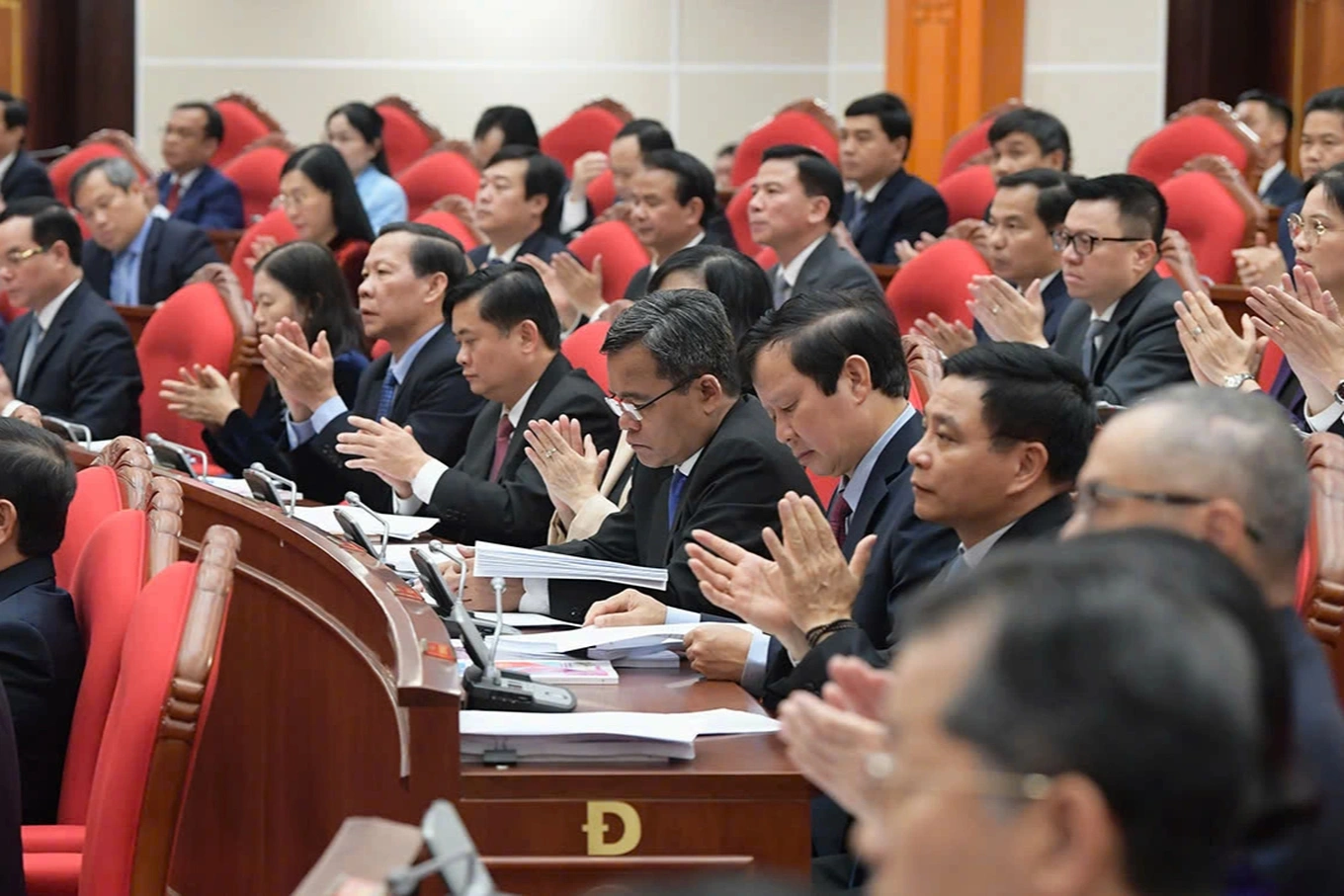
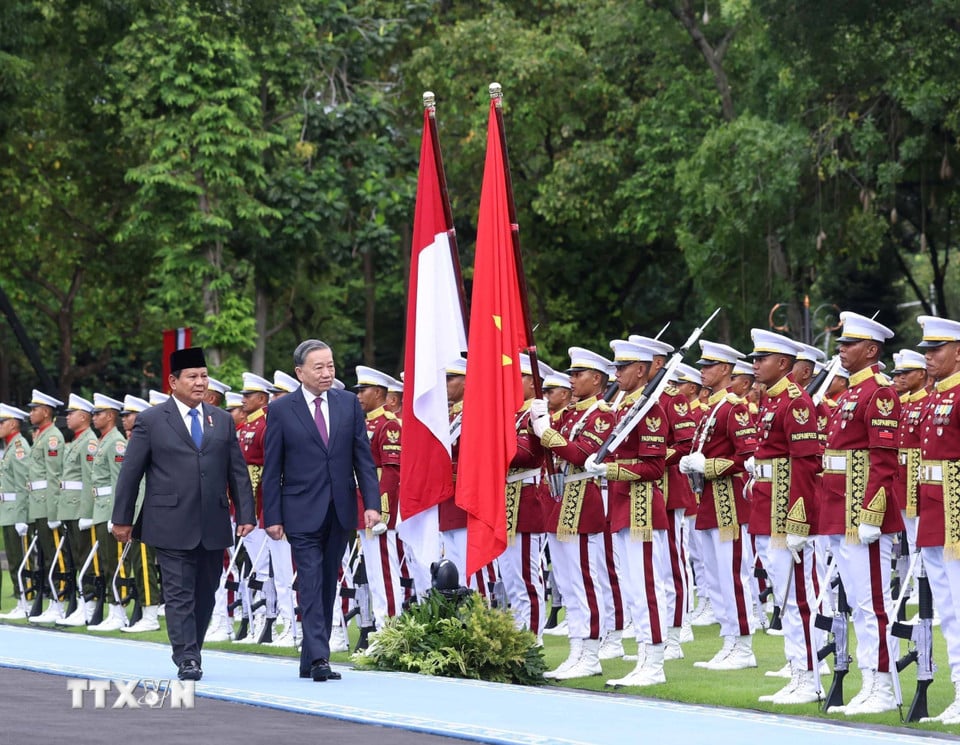
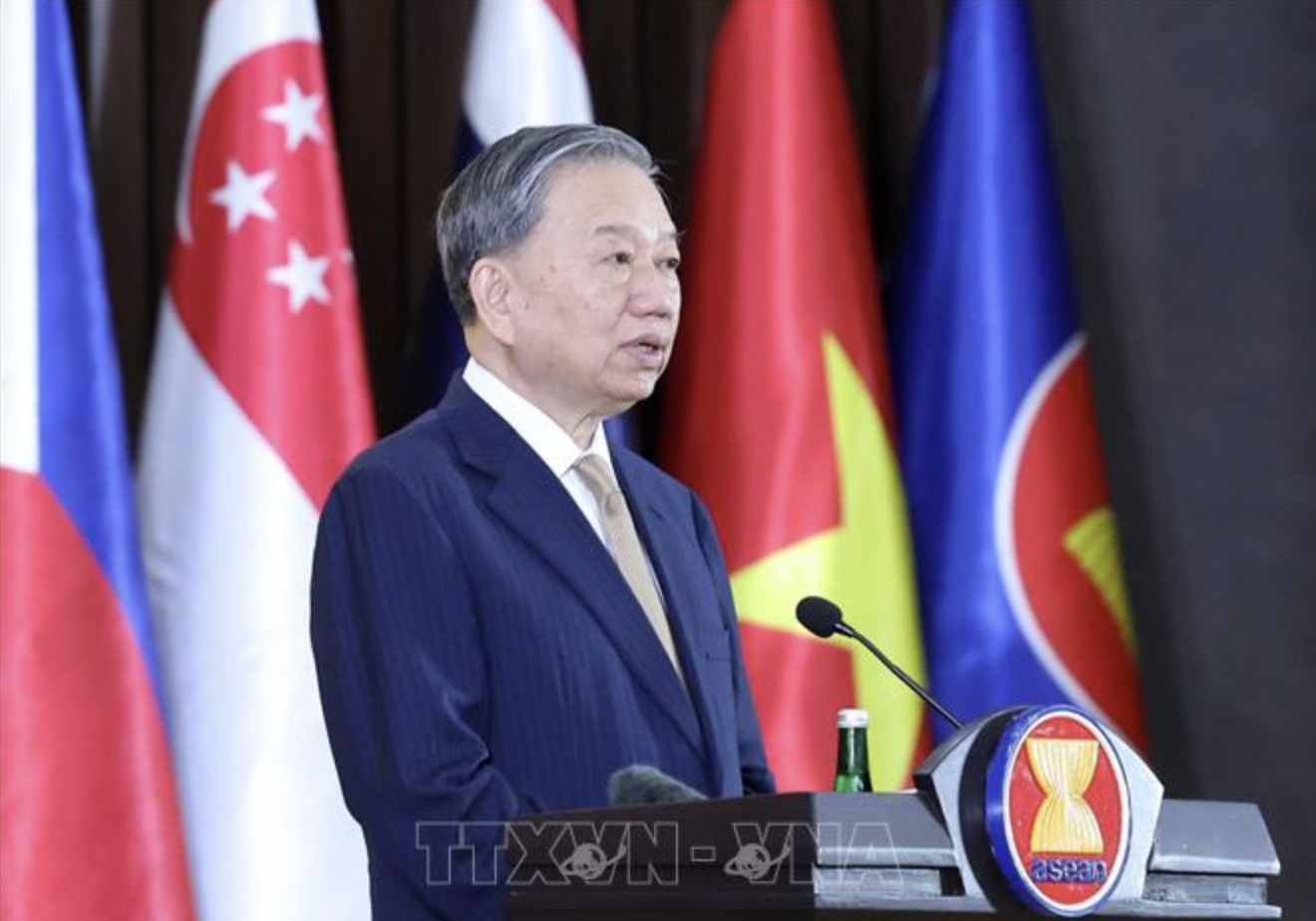



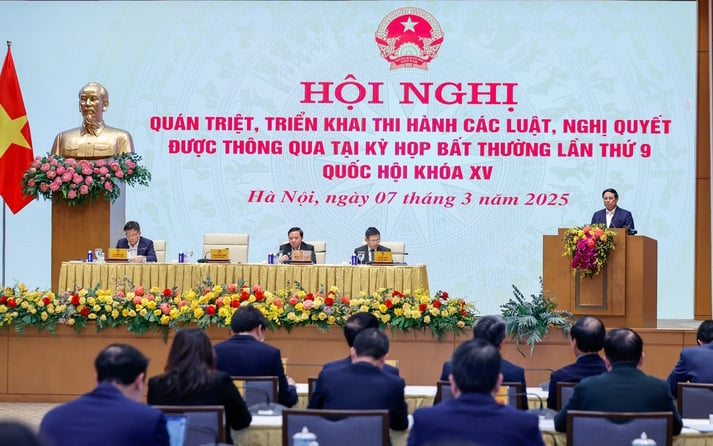


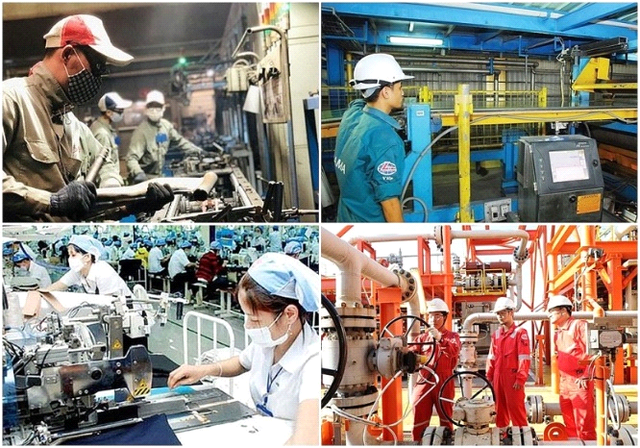

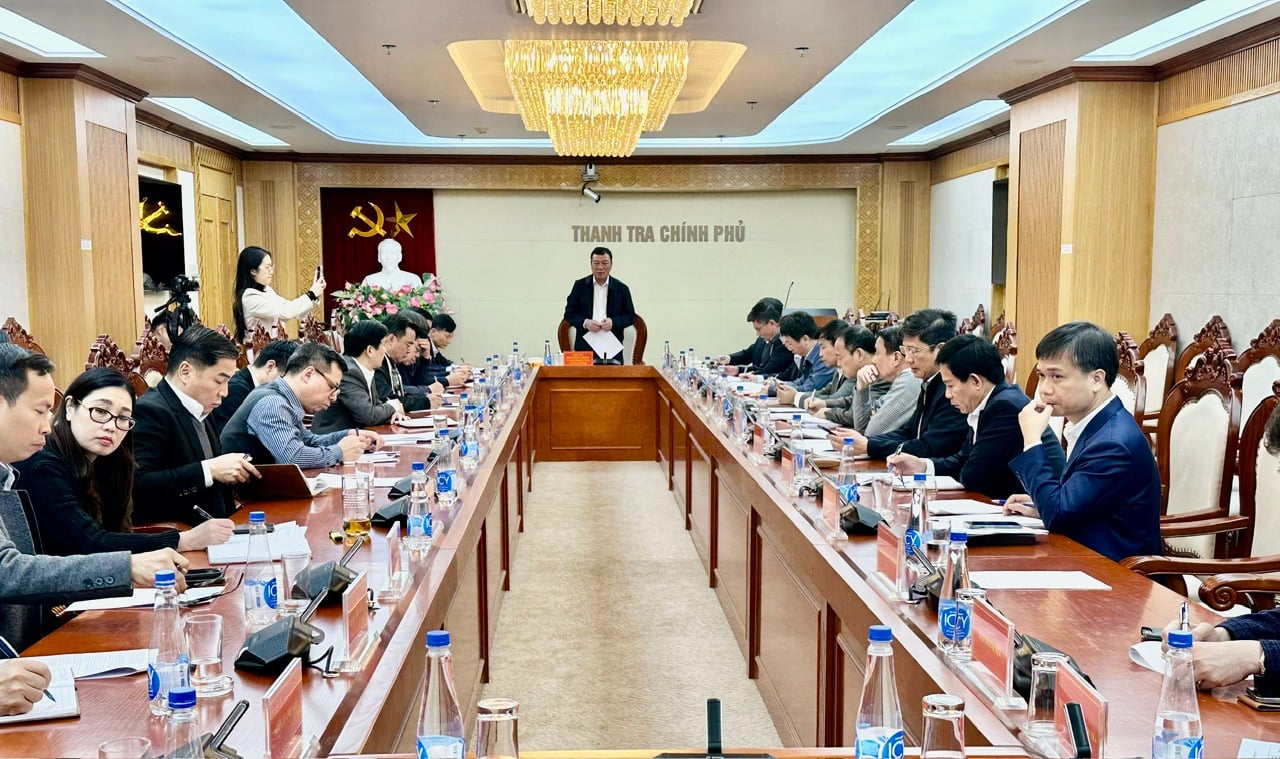












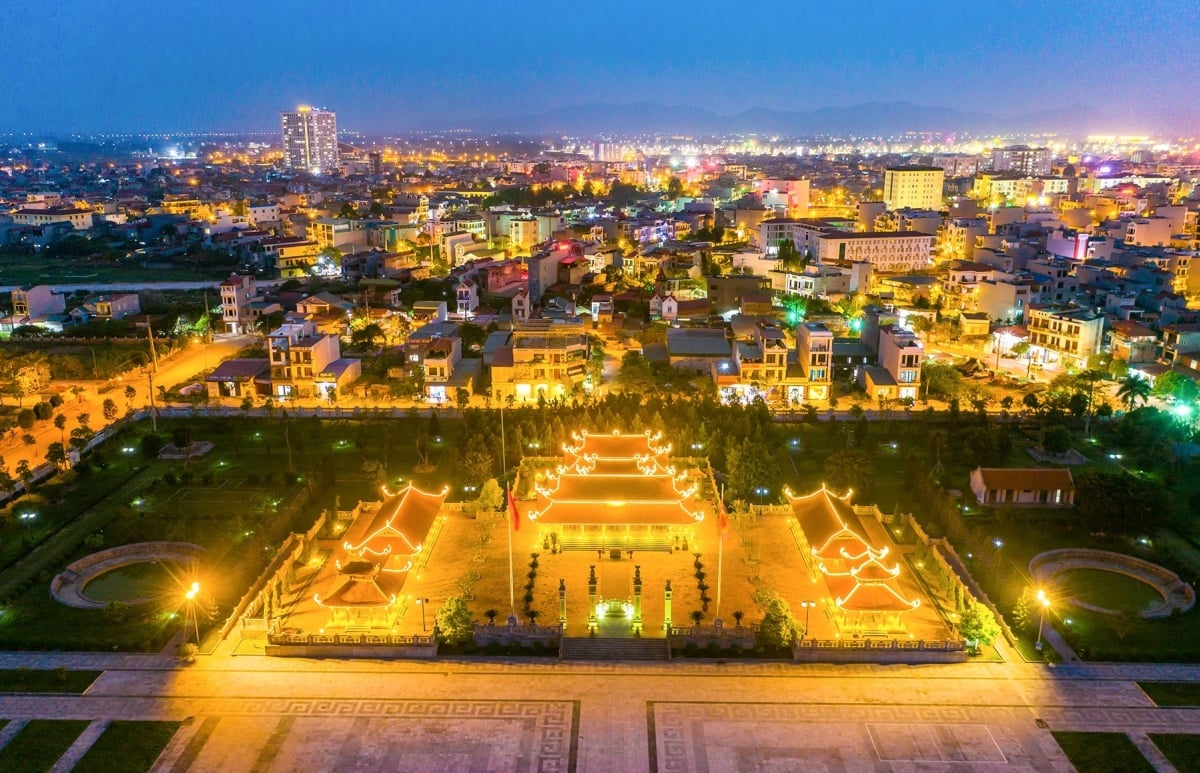






Comment (0)